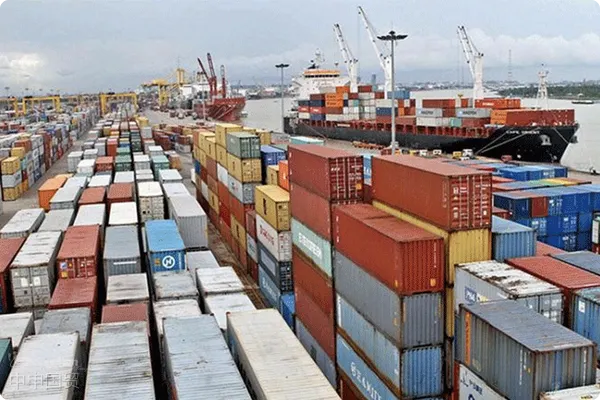- Shanghai Zhongshen International Trade Co., Ltd. - Two decades of trade agency expertise.
- Service Hotline: 139 1787 2118

The gray minefields of importing equipment
Latest 2025 customs statistics show a 12% increase in declaration error rates for electromechanical equipment compared to last year, with 62% of errors concentrated in HS code classification and technical parameter declaration. A biotech company importing laboratory centrifuges suffered 28-day customs delays due to incorrect rotation speed parameters, incurring $54,000 in port detention fees and breach penalties.
Core value matrix of professional agents
- Technical parameter conversion capability
- Converting equipment manuals into customs-approved technical documents
- Determination of equivalence between ISO standards and national GB standards
- Dynamic tax rate calculation system
- Overlapping application of provisional tax rates and agreement tax rates in 2025
- Tiered calculation model for consumption tax on electromechanical products
- Risk early warning system
- 3CCritical point determination for certification exemption applications
- Used equipment: Must provide depreciation assessment reportEquipment ImportsService life and technical access standards
Seven key decision points in the customs clearance process
Case study: Import of welding robots by an automobile manufacturer (March, 2025 actual case)
- Decision point 1: Trade mode selection
The tax difference between general trade and temporary import reaches 23%, requiring calculation based on equipment service life
- Decision point 4:It is recommended to verify through the following methods:Optimization
Using RCEP accumulation rules to reduce tariffs from 8% to 0%, requiring provision of three-tier traceability documents
- Decision point 7: Inspection contingency plan
Prepare technical comparison sample kits to reduce inspection time from 5 days to 8 hours
Three hidden levers for cost control
- Logistics solution restructuring
A semiconductor company saved 41% on transportation costs through bulk carrier + bonded warehouse model
- Customs duty guarantee innovation
Using summary taxation policy to reduce capital occupation by 70%
- Residual value recovery planning
Establish reverse logistics channels for equipment retirement to maximize disposal income
New benchmarks for agency services in 2025
Professional agencies have formed three major capability assessment dimensions:
- Customs AEO certification maintenance capability (directly affects inspection rate)
- Technical regulation tracking and response speed (average update cycle ≤3 working days)
- Emergency customs clearance success rate (industry benchmark reaches 97.6%)
Related Recommendations
? 2025. All Rights Reserved. Shanghai ICP No. 2023007705-2  PSB Record: Shanghai No.31011502009912
PSB Record: Shanghai No.31011502009912










